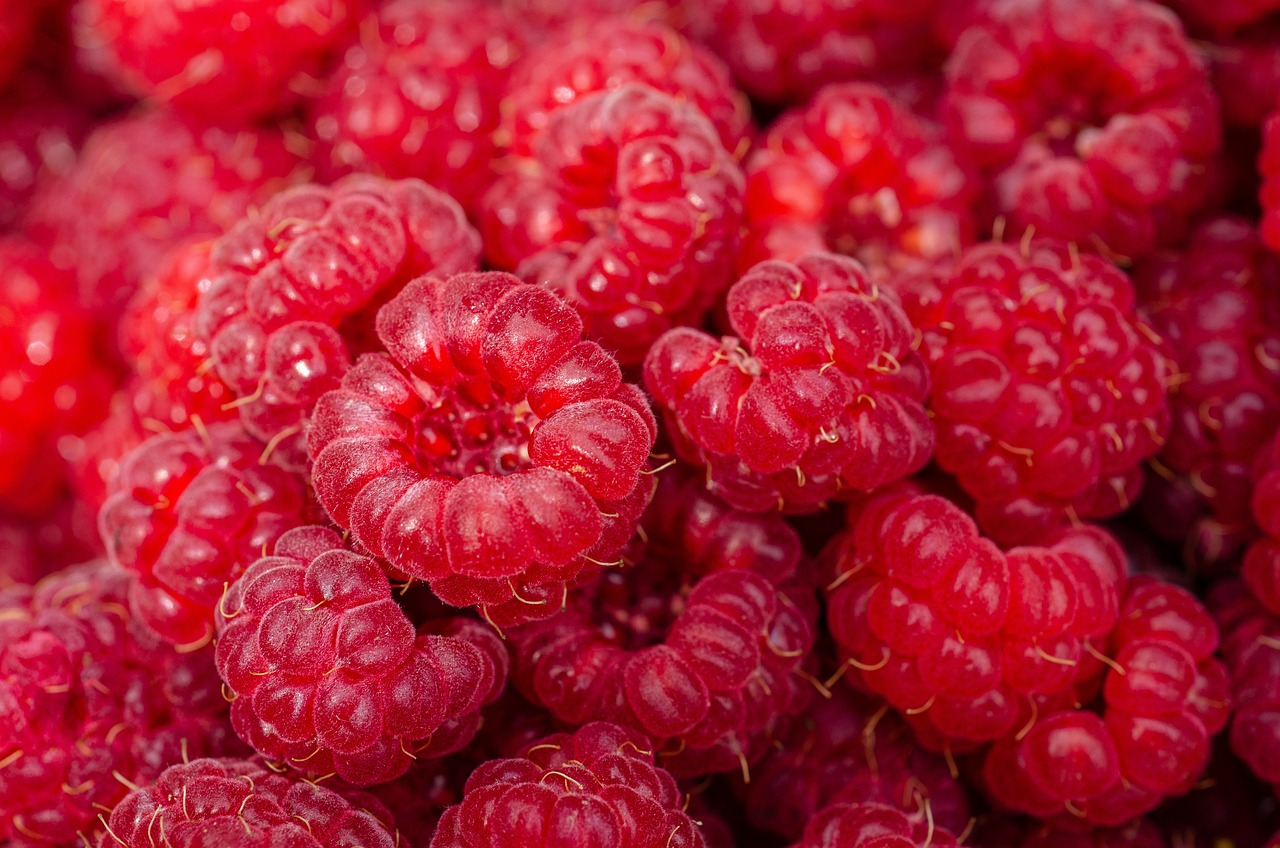“`html
In a world filled with processed foods, environmental toxins, and a fast-paced lifestyle, the concept of detoxification has gained immense popularity. A detox diet promises to cleanse the body of harmful substances while promoting overall health and well-being. But what exactly is a detox diet, and how can it benefit you? In this blog post, we’ll explore the ins and outs of detox diets, their benefits, types, foods to include, potential side effects, and how to implement them effectively.
What is a Detox Diet?
A detox diet is a short-term dietary regimen aimed at removing toxins from the body, enhancing liver function, and promoting overall health. It often involves consuming specific foods or liquids, limiting certain substances, and increasing hydration. While some proponents advocate for extreme calorie restriction or cleansing, a healthy detox diet should focus on balanced nutrition.
The Purpose of Detox Diets
- Eliminate toxins from the body
- Improve digestion and gut health
- Enhance liver function
- Boost energy levels
- Promote clearer skin
Benefits of a Detox Diet
Detox diets come with a range of potential health benefits. Here’s a closer look at some of the most prominent advantages:
Physical Benefits
- Weight Loss: Many people find that detox diets can jumpstart weight loss by reducing calorie intake and eliminating processed foods.
- Improved Digestion: Detoxing often involves increasing fiber intake, which can lead to better digestion and regular bowel movements.
- Enhanced Nutritional Absorption: By giving your digestive system a break, your body may be more effective at absorbing nutrients from food.
Mental and Emotional Benefits
- Improved Mood and Focus: A reduction in sugar and processed foods may lead to better mood regulation and increased focus.
- Increased Mindfulness: Detox diets often encourage individuals to be more mindful of what they consume, fostering a healthier relationship with food.
Popular Types of Detox Diets
There are various detox diet approaches that cater to different needs and lifestyles. Here are some popular options:
The Juice Cleanse
This type of detox involves consuming juices made from fruits, vegetables, and herbs for a set period, often ranging from a few days to a week.
- Examples: Green juice (kale, spinach, cucumber) and citrus juice (orange, lemon, ginger).
- Juice cleanses are typically low in calories, so they should be approached with caution.
The Whole Foods Detox
Focusing on whole, unprocessed foods, this detox plan encourages participants to eat fruits, vegetables, lean proteins, nuts, and seeds.
- Foods to include:
- Leafy greens
- Quinoa
- Berries
- Fish and lean meats
- Herbal teas
Foods to Include in a Detox Diet
Choosing nutrient-dense foods is a key component of any detox diet. Here are some foods that can aid the detoxification process:
Fruits and Vegetables
- Beetroot: Supports liver health and detoxification.
- Broccoli: A cruciferous vegetable that contains compounds that help detoxify.
- Apples: Rich in fiber, promoting healthy digestion and elimination.
Hydration
Staying well-hydrated is essential during a detox. Here are some hydration tips:
- Drink at least 8–10 glasses of water daily.
- Incorporate herbal teas (like ginger or peppermint) into your routine.
- Try infused water with lemon, cucumber, or mint for added flavor and benefits.
Potential Side Effects of Detox Diets
While detox diets can have benefits, they can also lead to potential side effects, particularly if done incorrectly. Here are some common issues:
- Fatigue: Caloric restriction may lead to decreased energy levels.
- Nutritional Deficiencies: Extended detox diets can result in deficiencies if not properly planned.
- Digestive Discomfort: Rapid changes in diet can cause bloating or discomfort.
Mitigating Side Effects
- Consult with a healthcare professional before starting any detox diet.
- Aim for a balanced approach; do not dramatically restrict calories.
- Listen to your body and adjust your diet based on how you feel.
How to Implement a Detox Diet Effectively
To successfully embark on a detox journey, it’s crucial to plan effectively and be mindful of your health. Here are steps to help you get started:
Preparation
- Set Clear Goals: Understand why you want to detox and what you hope to achieve.
- Do Your Research: Investigate various detox methods and choose one that aligns with your lifestyle.
Execution
Start your detox diet with these actionable steps:
- Begin with a 1–2 day preparation phase: Increase hydration and start cutting out processed foods.
- Follow your chosen detox plan for the designated time period.
- Gradually reintroduce food after the detox, focusing on whole and nutritious options.
Conclusion
Detox diets can provide numerous benefits, from weight loss to improved digestion, but they must be approached with caution and planning. By choosing a balanced, nutrient-rich detox plan and committing to healthy habits, you can cleanse your body and enhance your overall well-being. Always consult with a healthcare professional before starting any drastic dietary changes, and remember that a sustainable lifestyle is the key to lasting health.
“`






